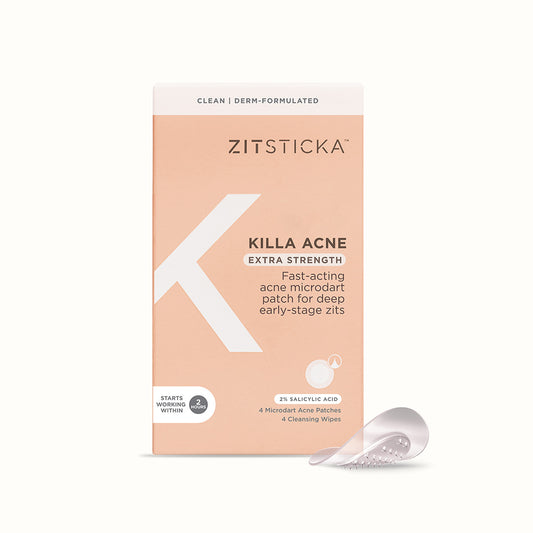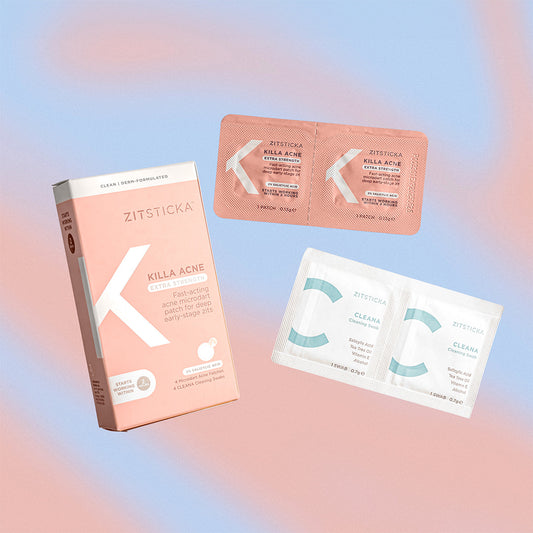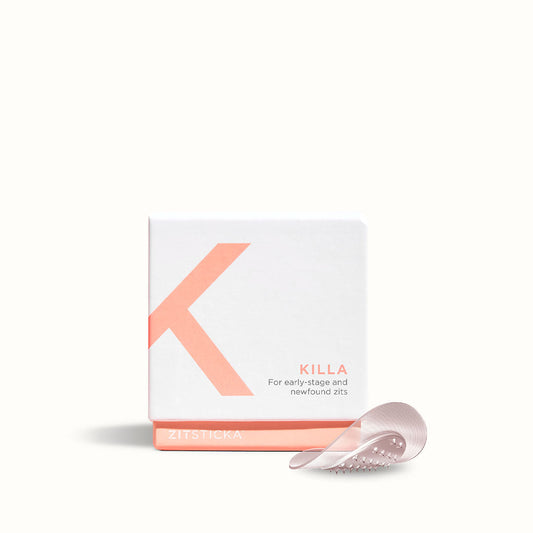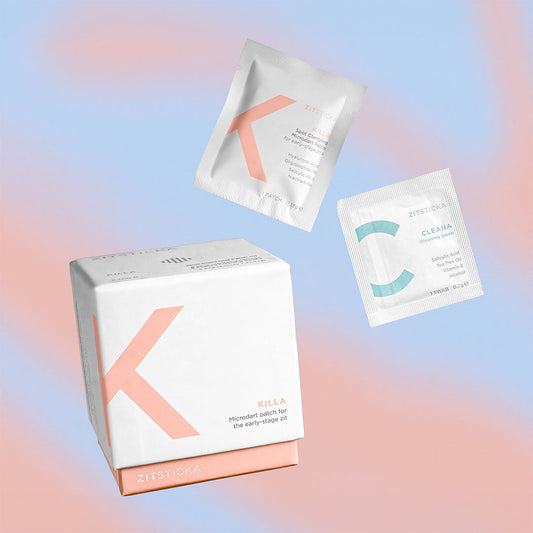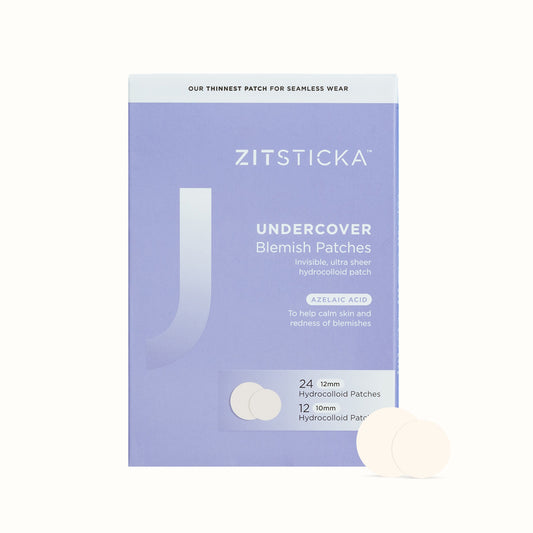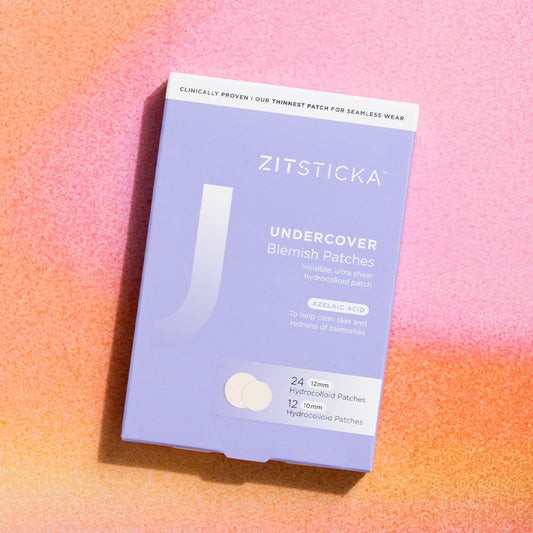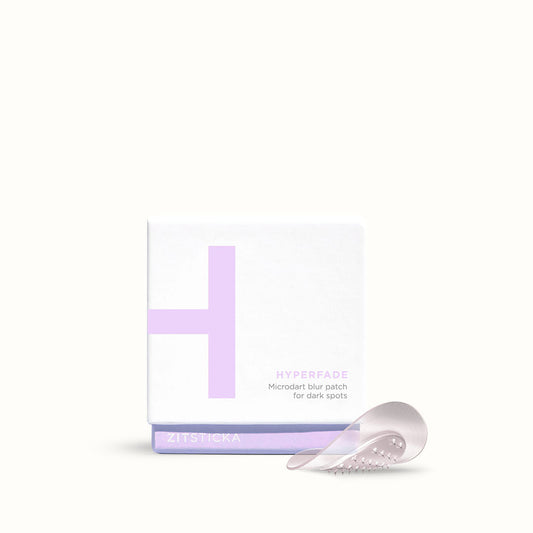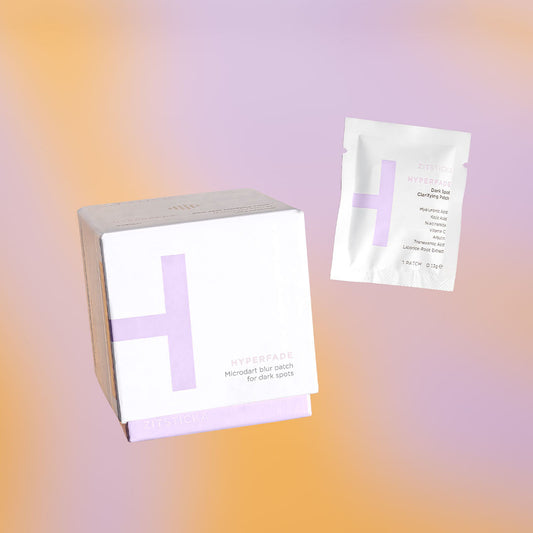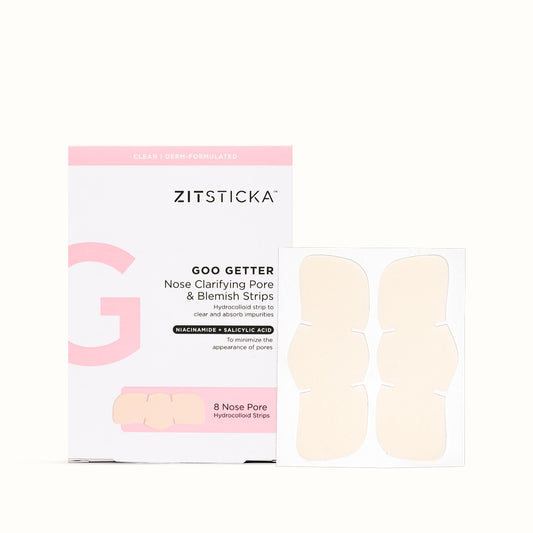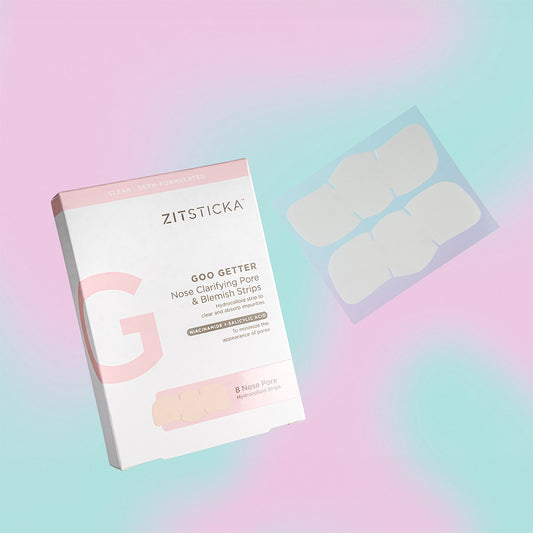By Madeleine Woon
Before I had the Mirena IUD inserted, I was a grade-A helicopter mom to my period. Far from letting it live an independent life free from my watchful eye, I was extremely involved in its business at all times. My overprotective, borderline tyrannical parenting style revealed itself in many ways: Uncompromising diets, alcohol restrictions, strict curfews, and most unrelentingly, tracking its every move via an app called Clue.
A byproduct of using the app for many moons was that I was able to closely monitor the interplay between my period cycle and my skin. What I concluded: If the eyes are the window to the soul, the skin is the peephole to your uterus. Fluctuating hormone levels play out on your skin in a number of ways, from blotchiness and dryness to the dreaded monthly smattering of period pimples.
The first step in taking control of your skin is to know thy enemy—in this case, your period. The second step is altering your skincare routine in accordance with the different phases of your cycle, or adding a PMS-busting supplement like MOOD FOOD. Hence, this handy guide we prepared earlier for you…
Premenstrual Phase
At this point in your cycle, your eggs are chilling inside the womb, waiting for a sperm to come join the party. If this doesn’t happen, the endometrium prepares for menstruation. Progesterone levels rise, estrogen levels drop, and your skin will (probably) start to freak the flip out. The surge in progesterone can cause oil production and pores to become clogged with sebum, which in turn make them seem larger. The fun doesn’t stop there, though! This is also the perfect invitation for pimples to take up residency on your face. While breakouts can happen anywhere on the face, hormonal acne tends to be concentrated on the chin and along the jawline.
Since oil feeds acne-causing bacteria, it’s important to sub in a salicylic acid (a key ingredient in ZitSticka's KILLA patch) in the week leading up to your period. The Beta Hydroxy Acid (BHA) extracts excess oil from the skin, helping to prevent any gargantuan zits that are waiting in the wings.
During your period
This is the bit in the story where your uterine wall sheds, resulting in—you guessed it—a lot of blood. This *period* of your cycle is marked by low levels of estrogen, and high levels of inflammatory prostaglandins. A drop in estrogen can leave you feeling like you’re running on an empty tank of gas, and it can also leave you with some pretttty parched and blotchy skin. It’s especially important to listen to your body during this time: Get enough sleep, practice mindfulness, and exercise.

Post-Period
Once Aunt Flow has packed up and left and the bloating has subsided, your estrogen levels will begin to pick up again. Where it was previously out of sorts, your skin will typically look clear and glowing—the cells in the skin are stimulated to make more collagen, elastin, and hyaluronic acid. During this time, skin tends to be hydrated, pores appear smaller and collagen production is increased. Still prone to breakouts? Continue to use products with acne-fighting ingredients, although your skin mightn't need as much of them.
Ovulation
This happens around 2 weeks before your period starts. Estrogen levels continue to rise during this time, although to less desirable results: it can trigger an increase in Luteinizing hormone (LH) which increases oil production and creates the perfect climate for bacteria. Cue acne. Blemish sightings are not uncommon, so this is a good chance to really go jamon on your acne-fighting routine and be as kind to your skin as possible. A KILLA patch, anyone?
Get one hormonal zit every month?! Here's how to block it.
Images via @parfemme

